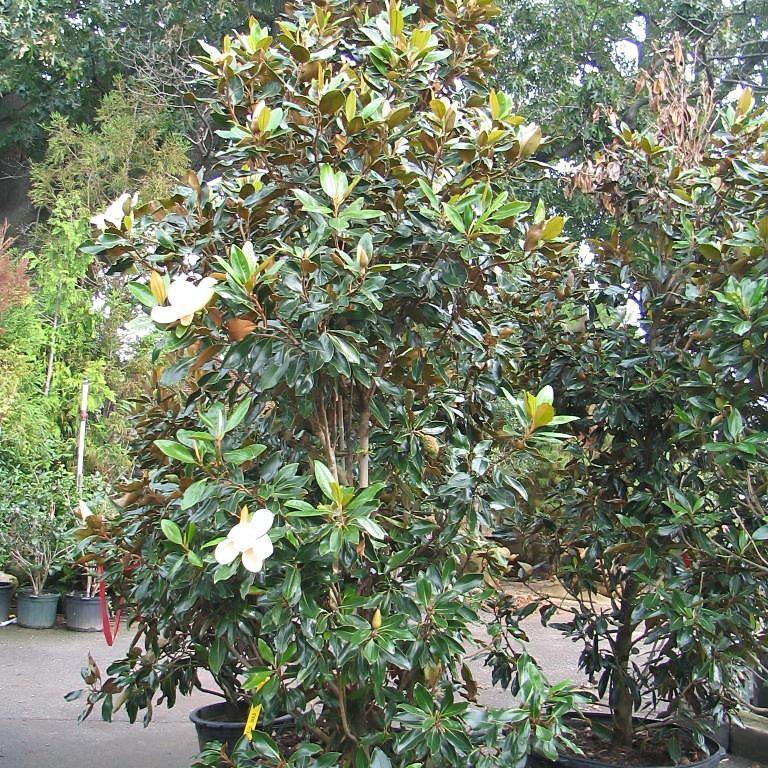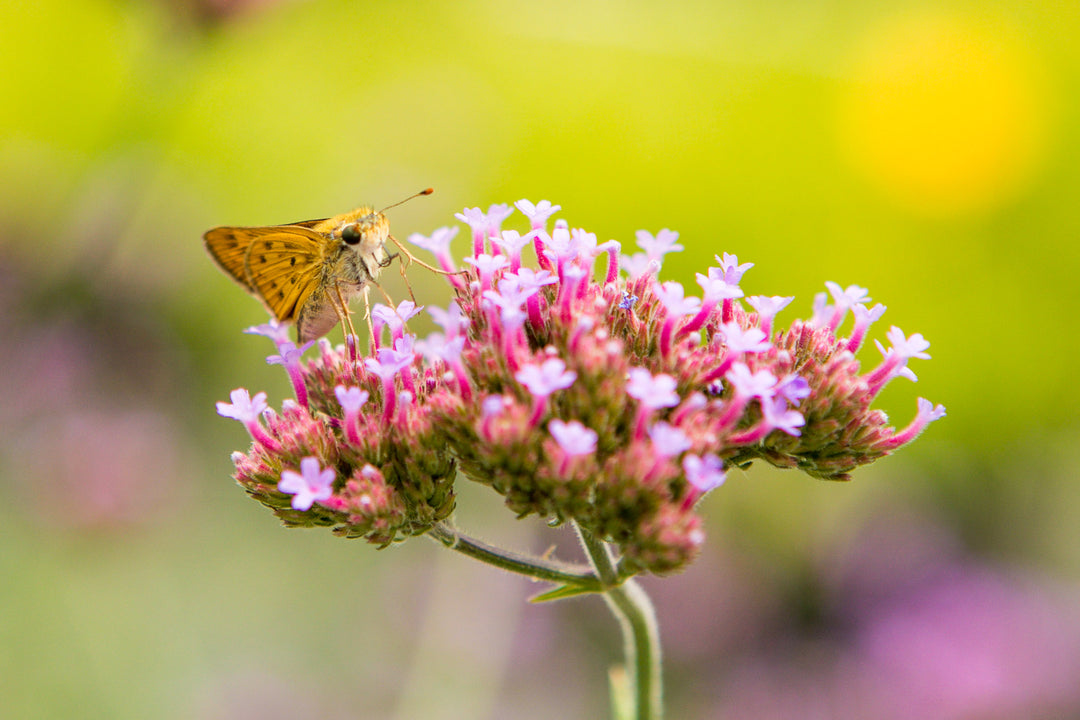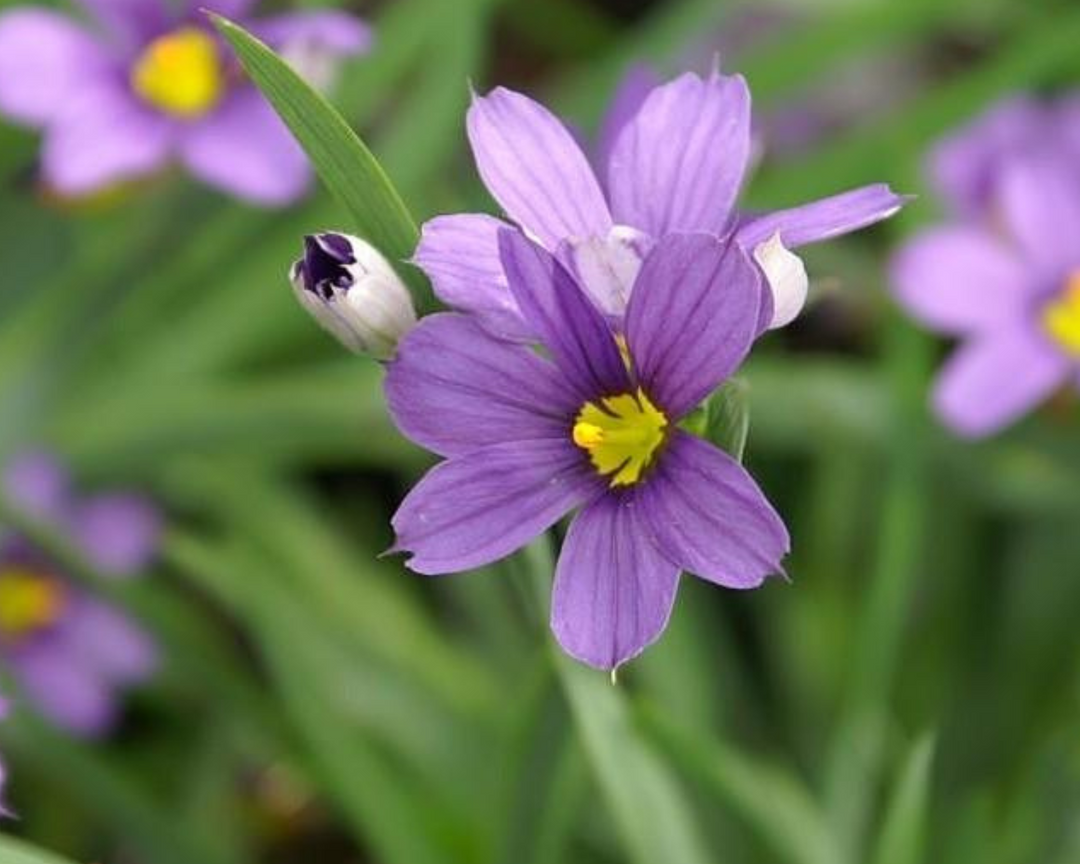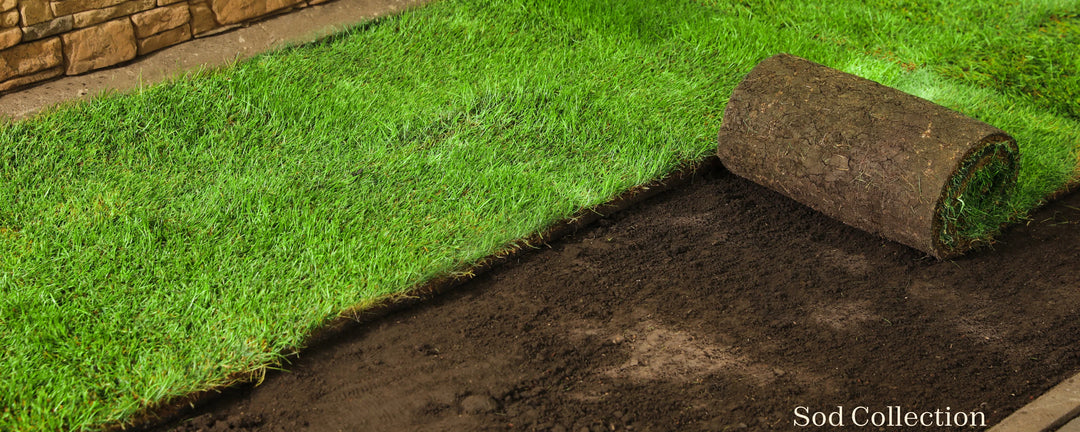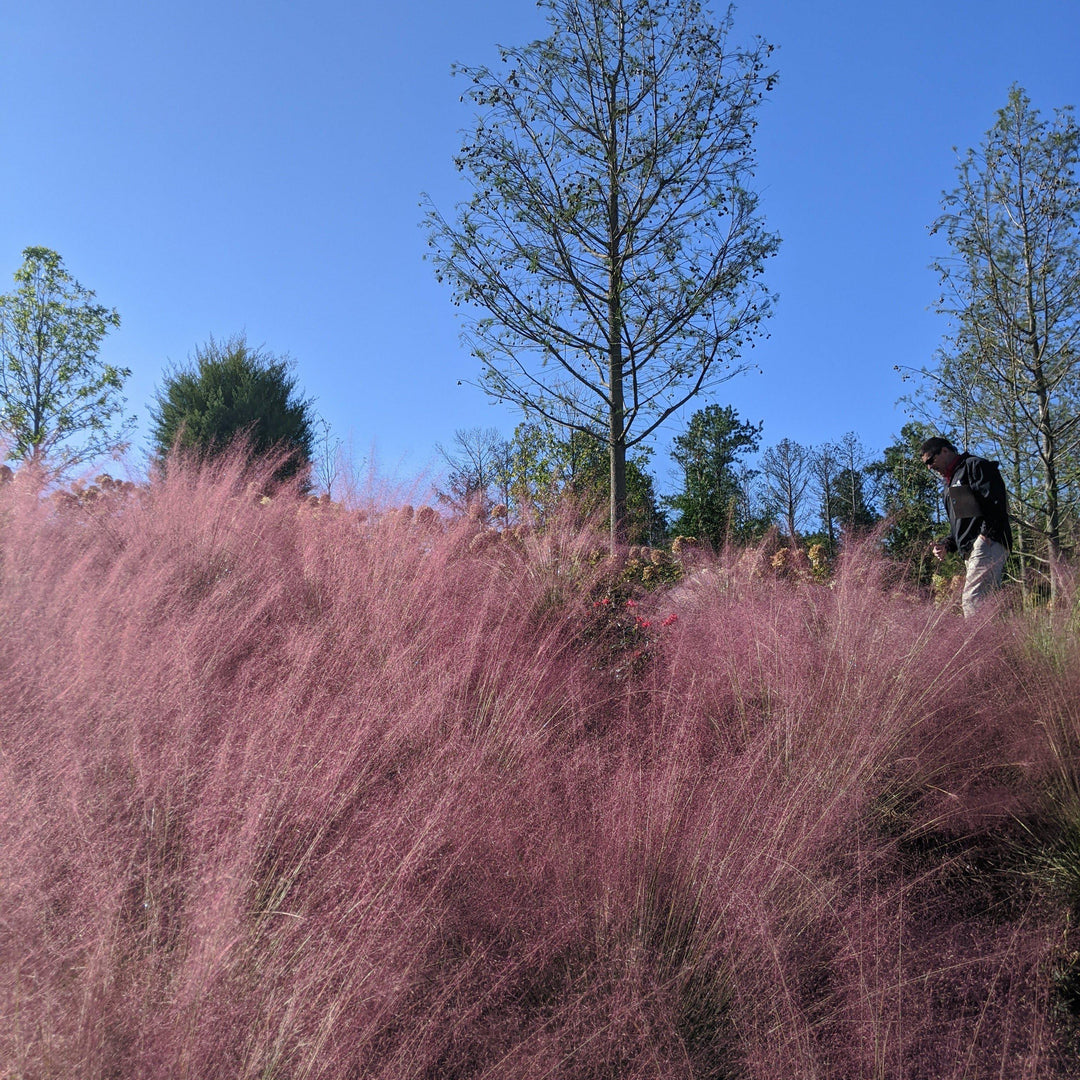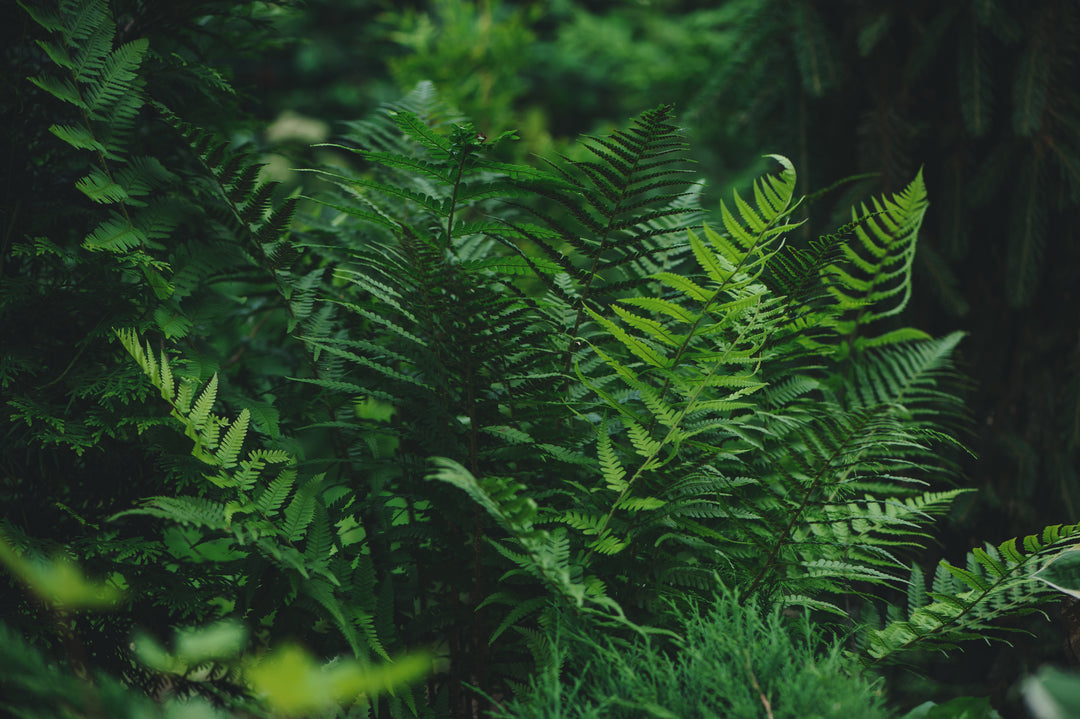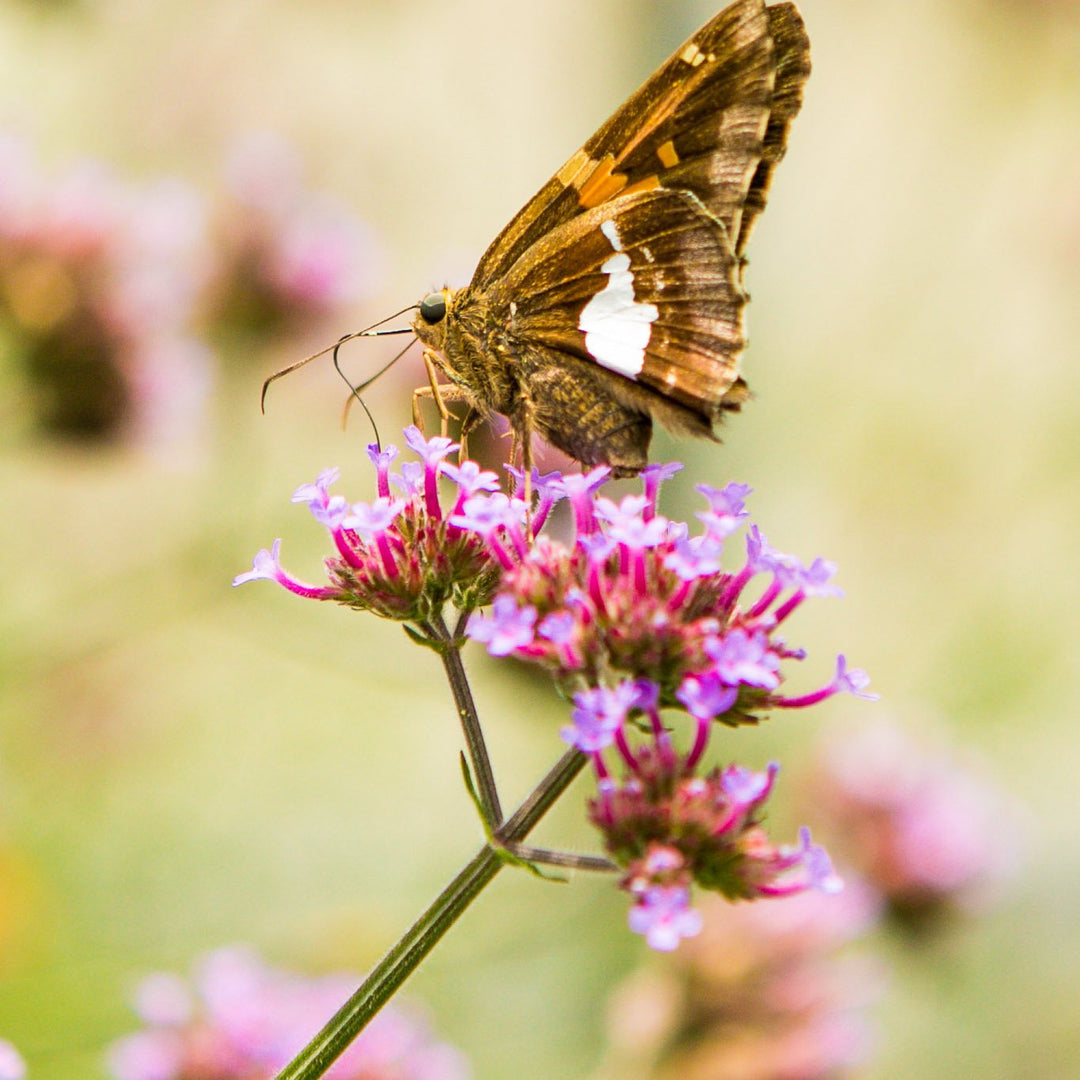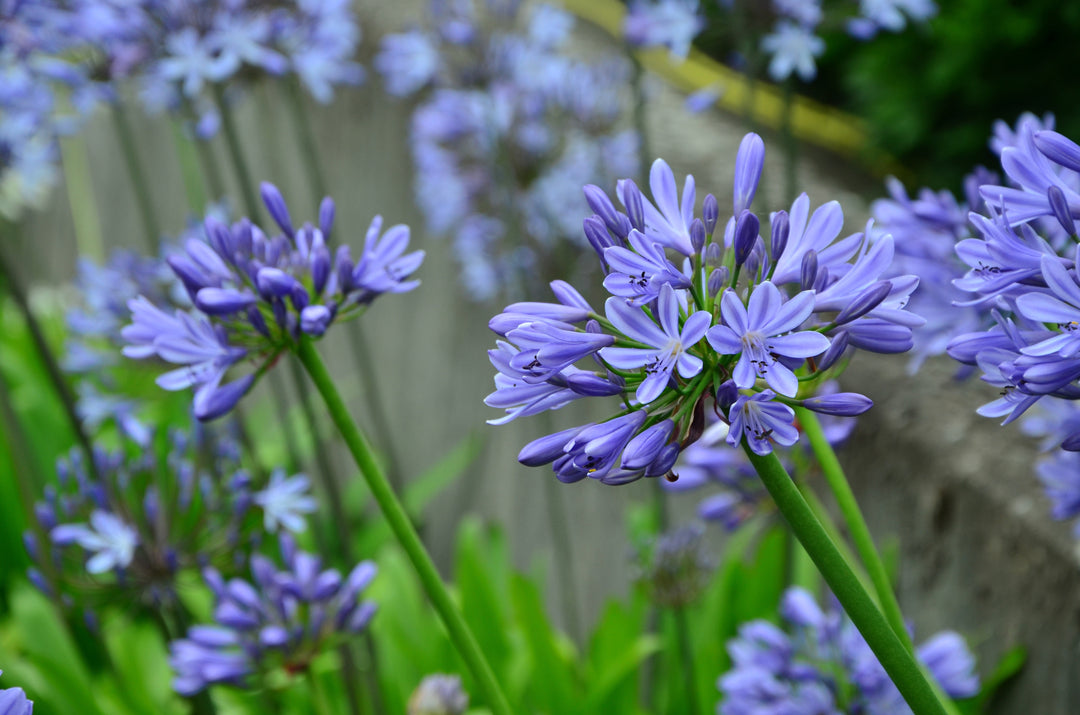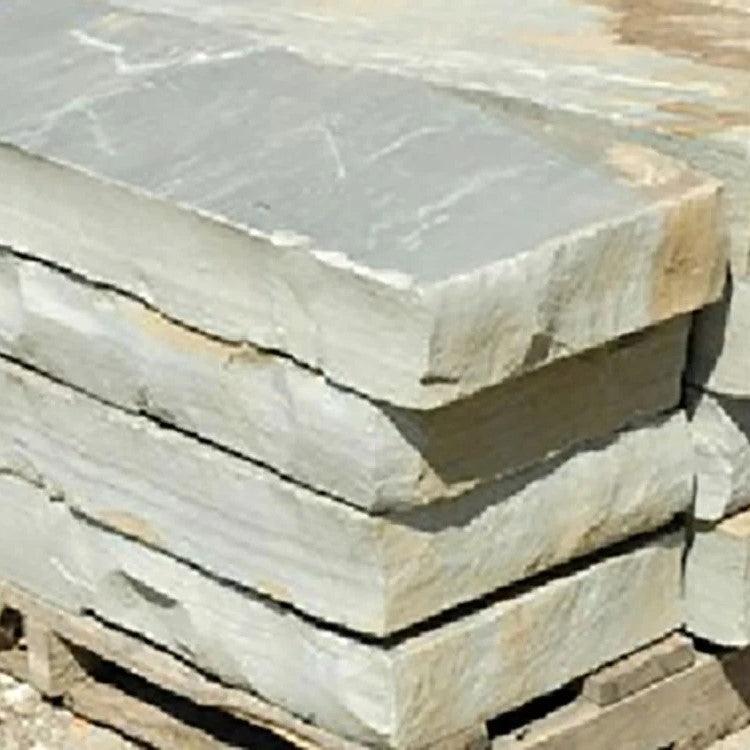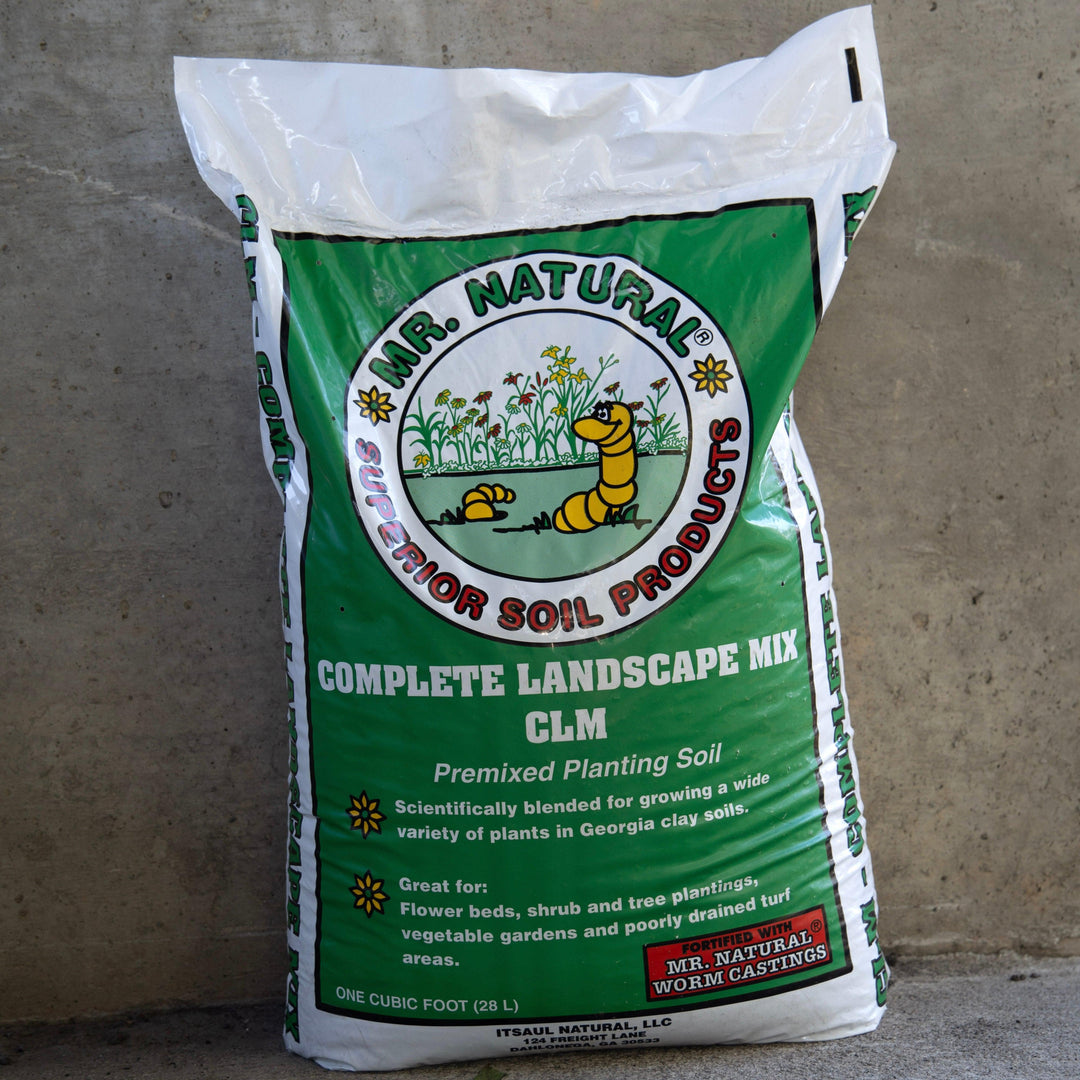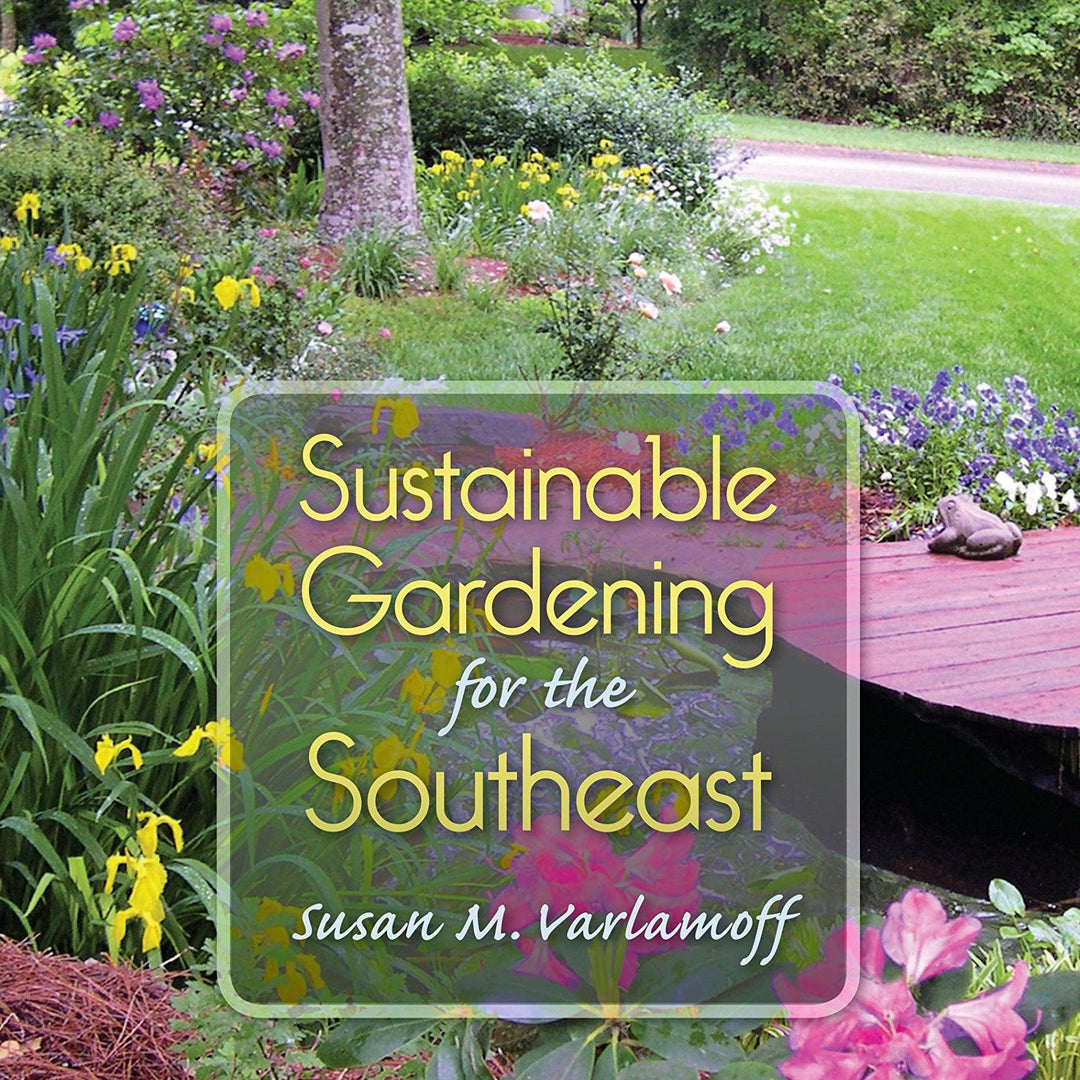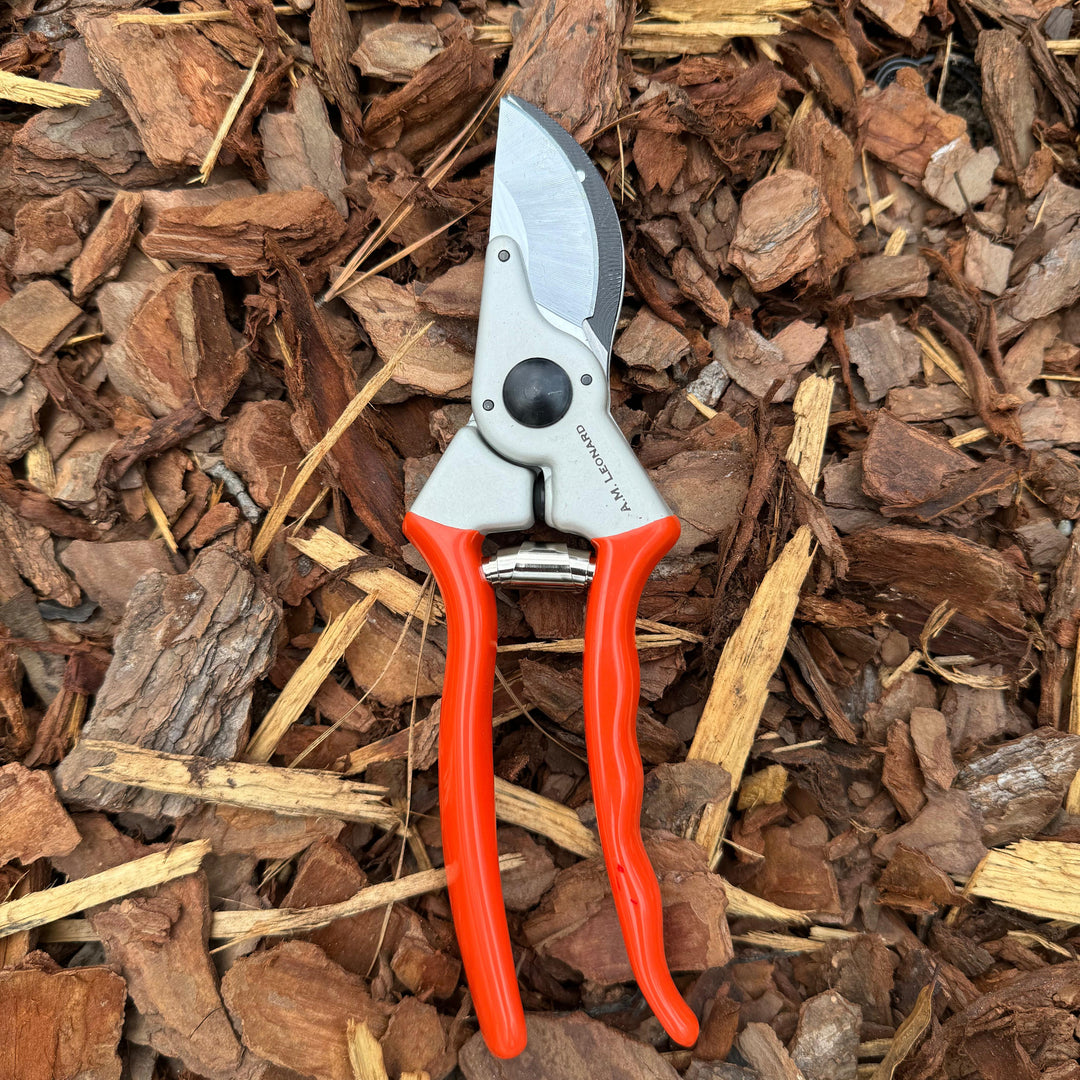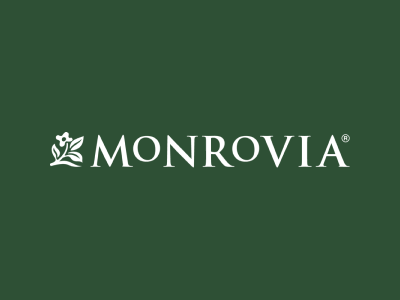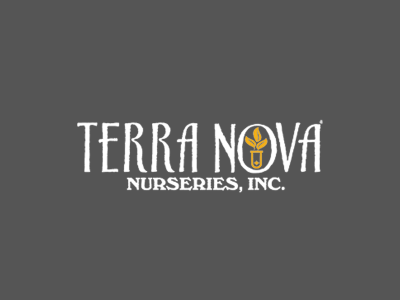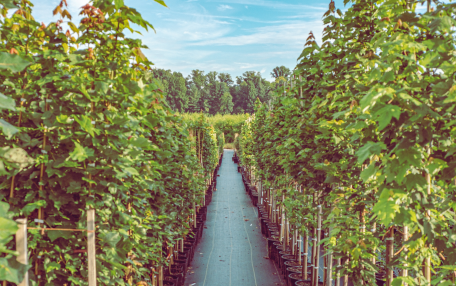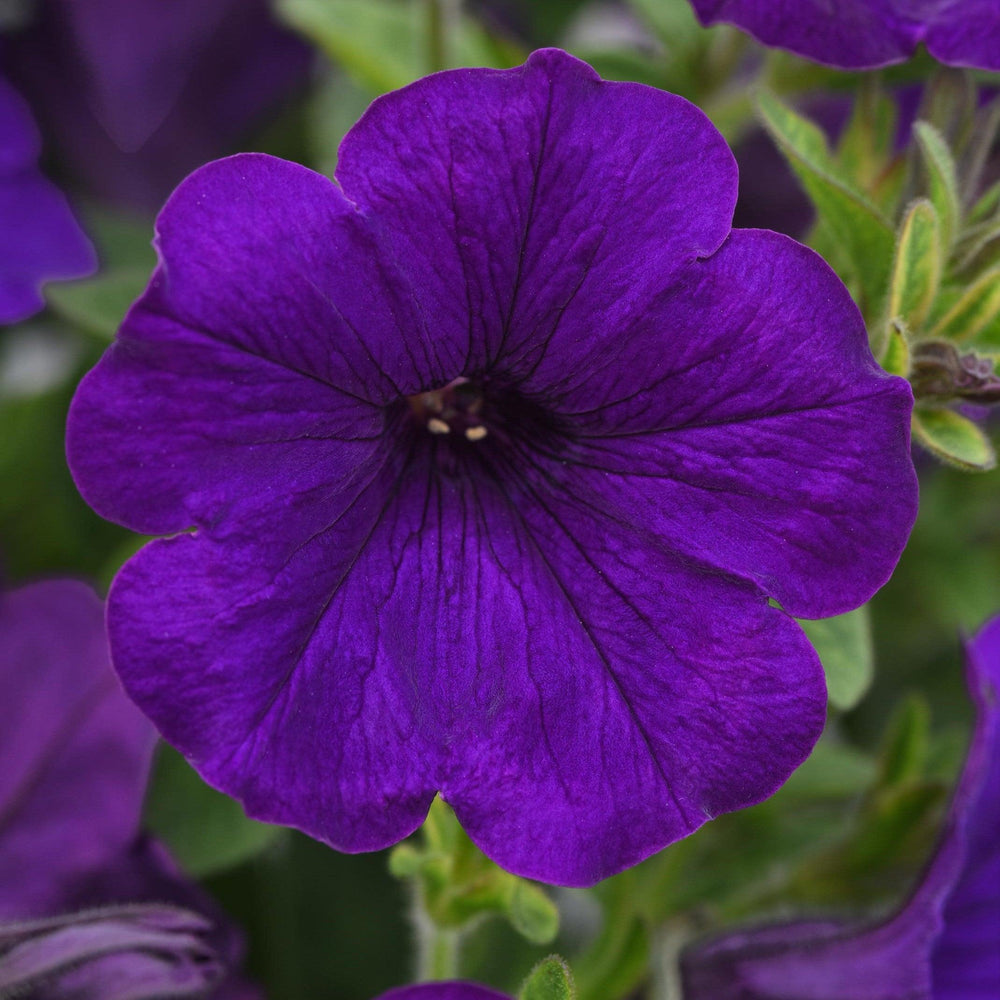Monrovia’s Allium Millenium Ornamental Onion: A Guide for Southern Gardeners
If you're looking for a beautiful and low-maintenance plant to add to your garden, Monrovia’s Allium Millenium Ornamental Onion is a great choice.
Not only do they produce gorgeous pink-purple flowers in the summer, but they are also easy to care for and attract pollinators to your yard.
Understanding the Millenium Ornamental Onion

IMAGE: Proven Winners, Millenium Allium
Origins and Characteristics
The Allium Millenium is a hybrid plant that was developed by breeder Mark McDonough. It is a member of the onion family and is native to Asia. The plant typically grows to about 15-20 inches tall and 10-12 inches wide, and produces globular purple-pink flowers in the summer.
The Allium Millenium is a perennial plant, which means that it will come back year after year. It is also known for its long-lasting blooms, which can last for up to six weeks in the summer. The plant prefers full sun but can also tolerate partial shade, making it a versatile garden addition.
Why Choose Allium Millenium for Your Garden
There are several reasons why Monrovia’s Millenium Ornamental Onion is a great choice for your garden and a favorite among Atlanta area gardeners. First, it is very low maintenance, requiring minimal watering and fertilizing. This is great news for busy gardeners who want to enjoy a beautiful garden without spending hours tending to it.
Additionally, Millenium Ornamental Onion is very hardy and can withstand extreme cold and heat. This makes it a great choice for gardeners in a variety of climates.
Another reason to choose Monrovia’s Millenium Ornamental Onion is that it is a great attractant for pollinators. The flowers of the Millenium Ornamental Onion attract bees and butterflies, which are essential pollinators for your garden. By planting Millenium Ornamental Onion in your garden, you are not only adding beauty but also helping to support the local ecosystem.
Finally, the Millenium Ornamental Onion is a great choice for gardeners who want to add some height and texture to their garden. The tall, slender stems of the Millenium Ornamental Onion add a vertical element to your garden, which can help to break up the monotony of flat flower beds. Additionally, the globular flowers add a unique texture to your garden, which can help to create visual interest.
Preparing Your Garden for Millenium Ornamental Onion

To ensure that your Millenium Ornamental Onions thrive in your garden, it's important to prepare the soil, choose the right location, and consider companion plants.
Soil Requirements and Preparation
Millenium Ornamental Onions prefer well-drained soil that is rich in organic matter. If your garden soil is heavy, mix in some compost to improve drainage and fertility. Avoid planting Millenium Ornamental Onions in soil that is too wet, as this can cause the bulbs to rot.
If you have very poor soil, consider growing your Millenium Ornamental Onion in a raised garden bed or container instead. This will allow you to control the soil quality and ensure that your plants have the nutrients they need to thrive.
Choosing the Right Location
Millenium Ornamental Onions prefer full sun, but can also tolerate partial shade. When choosing a location in your garden, make sure it receives at least 6 hours of direct sunlight per day, either in the morning or afternoon. This will help to ensure that your plants have enough energy to produce their beautiful blooms.
Also, consider the surrounding environment when choosing a location for your Millenium Ornamental Onion. Avoid planting them near trees or shrubs that may compete for nutrients or shade the plants.
Companion Plants for Allium Millenium
The Millenium Ornamental Onion looks stunning when paired with other perennials and ornamental grasses. Some great options include Sedum, Salvia, Echinacea, and Pennisetum. These plants not only complement the Millenium Ornamental Onion's color and texture, but also provide additional benefits such as attracting pollinators and improving soil health.
When planning your garden, consider incorporating a variety of plants that bloom at different times throughout the season. This will help to ensure that your garden is always full of color and interest.
By following these tips, you can create a beautiful and thriving garden filled with Millenium Ornamental Onion and other stunning plants.
Planting and Caring for Allium Millenium

Below, we'll go over everything you need to know about planting and caring for Allium Millenium.
When to Plant Millenium Ornamental Onion
The best time to plant Millenium Ornamental Onion is in the spring, when the soil has warmed up and all danger of frost has passed. This will give the plant ample time to establish itself before the hot summer months.
You can also plant them in the fall, but make sure to do so at least 6 weeks before the first hard frost to ensure that the roots have time to develop before winter sets in.
Proper Planting Techniques
When planting your Millenium Ornamental Onion, choose a location that receives full sun to partial shade. Dig a hole that is twice as wide as the root ball and just as deep. Fill the hole with some compost and mix it with the soil.
This will help improve soil drainage and provide the plant with essential nutrients. Place the plant in the hole, making sure that the top of the root ball is level with the surface of the soil. Water thoroughly to settle the soil around the roots.
Note that Millenium Ornamental Onion prefers well-drained soil and does not tolerate wet feet. If you have heavy clay soil, consider amending it with sand or perlite to improve drainage.
Watering and Fertilizing Your Allium Millenium
Millenium Ornamental Onion requires very little watering, and should only be watered during prolonged periods of drought. In fact, overwatering can be detrimental to the plant's health and lead to root rot. It's best to let the soil dry out slightly between waterings.
Millenium Ornamental Onions also do not require any fertilization, as too much fertilizer can lead to floppy stems and reduced flower production. If you feel that your soil is lacking in nutrients, you can apply a balanced fertilizer in early spring before new growth appears. However, be careful not to overdo it.
Pruning and Deadheading
Once the flowers of your Millenium Ornamental Onion have faded, you can cut them back to encourage more blooms. This will also help prevent the plant from self-seeding and spreading too much.
In the fall, after the foliage has died back, you can cut the stems down to ground level. This will help prepare the plant for winter and ensure that it comes back strong the following spring.
Pests and Diseases Affecting Allium Millenium
While they are generally resistant to pests and diseases, there are a few issues that can arise. Here's what you need to know to keep your Millenium Ornamental Onion healthy and thriving.
Common Pests and How to Deal with Them
Thrips and bulb mites are the most common pests that can affect Millenium Ornamental Onions. Thrips are tiny, slender insects that feed on the leaves and flowers of the plant, while bulb mites feed on the bulbs and can cause stunted growth or even kill the plant.
If you notice any damage to your plant, such as discolored or distorted leaves, it's important to act quickly to prevent the problem from spreading. Remove and destroy any affected leaves, and consider using an insecticidal soap or neem oil to control the pests.
Preventing and Treating Diseases
Millenium Ornamental Onion can also be affected by fungal diseases such as powdery mildew or rust. These diseases can cause leaves to yellow and wilt, and can even kill the plant if left untreated.
To prevent fungal diseases, make sure your plant has good air circulation and avoid watering the foliage. If your plant does get infected, you can try treating it with a fungicide or a mixture of baking soda and water. Be sure to follow the instructions carefully and apply the treatment at the first sign of the disease.
It's also important to keep an eye out for signs of other diseases, such as onion smut or basal rot. These diseases can be difficult to treat, so prevention is key. Make sure to plant your Millenium Ornamental Onion in well-draining soil and avoid overwatering, as these conditions can promote the growth of disease-causing fungi.
More Tips to Care for Monrovia’s Millenium Ornamental Onion

Overall, the Millenium Ornamental Onion is a low-maintenance plant that requires little care beyond occasional watering and fertilization. To keep your plant looking its best, make sure to deadhead spent flowers and remove any yellowing or damaged leaves.
It's also a good idea to divide your Millenium Ornamental Onions every few years to prevent overcrowding and promote healthy growth. Simply dig up the bulbs in the fall, separate them into smaller clumps, and replant them in well-draining soil.
With proper planting and maintenance, your Millenium Ornamental Onions will reward you with years of beautiful blooms and minimal fuss. So go ahead and add this stunning ornamental onion to your garden, and enjoy the beauty and color it brings!

Click here if you’d like to purchase this plant.
If you need any advice or tricks/tips in creating the garden of your dreams, we are here to make those dreams come true! Connect with us here, or chat with us via the chat button on the bottom of any page on our website.
To create a landscape that gives you joy every time you walk out your door or look out your window, it’s important to have a design plan in place. Learn more about our elite Designer Marketplace platform, which allows you to select easily from a list of expert landscape designers, landscape architects, and more.
Click here to view more plants from the beautiful Monrovia® collection.

